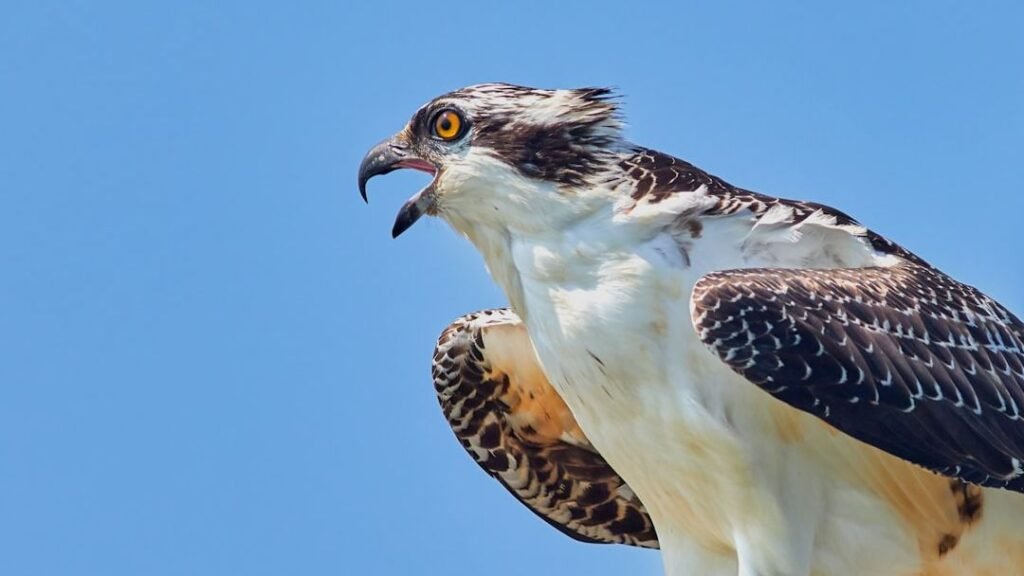The story of osprey recovery in North America reads like a conservation fairy tale. Just decades ago, these magnificent fish eagles teetered on extinction’s edge, victims of DDT poisoning and habitat loss. Today, they soar over waterways from coast to coast, their comeback story one of environmental success. Yet the real heroes behind this triumph aren’t just government biologists or environmental organizations. Ordinary citizens armed with binoculars and clipboards have played crucial roles in monitoring, protecting, and nurturing these remarkable birds back to healthy populations.
Through citizen science programs, volunteers have become the eyes and ears of osprey conservation efforts across multiple states. These everyday observers collect vital data, monitor nesting sites, and contribute to our understanding of osprey behavior and population trends.
New Jersey: From 50 Pairs to Over 800
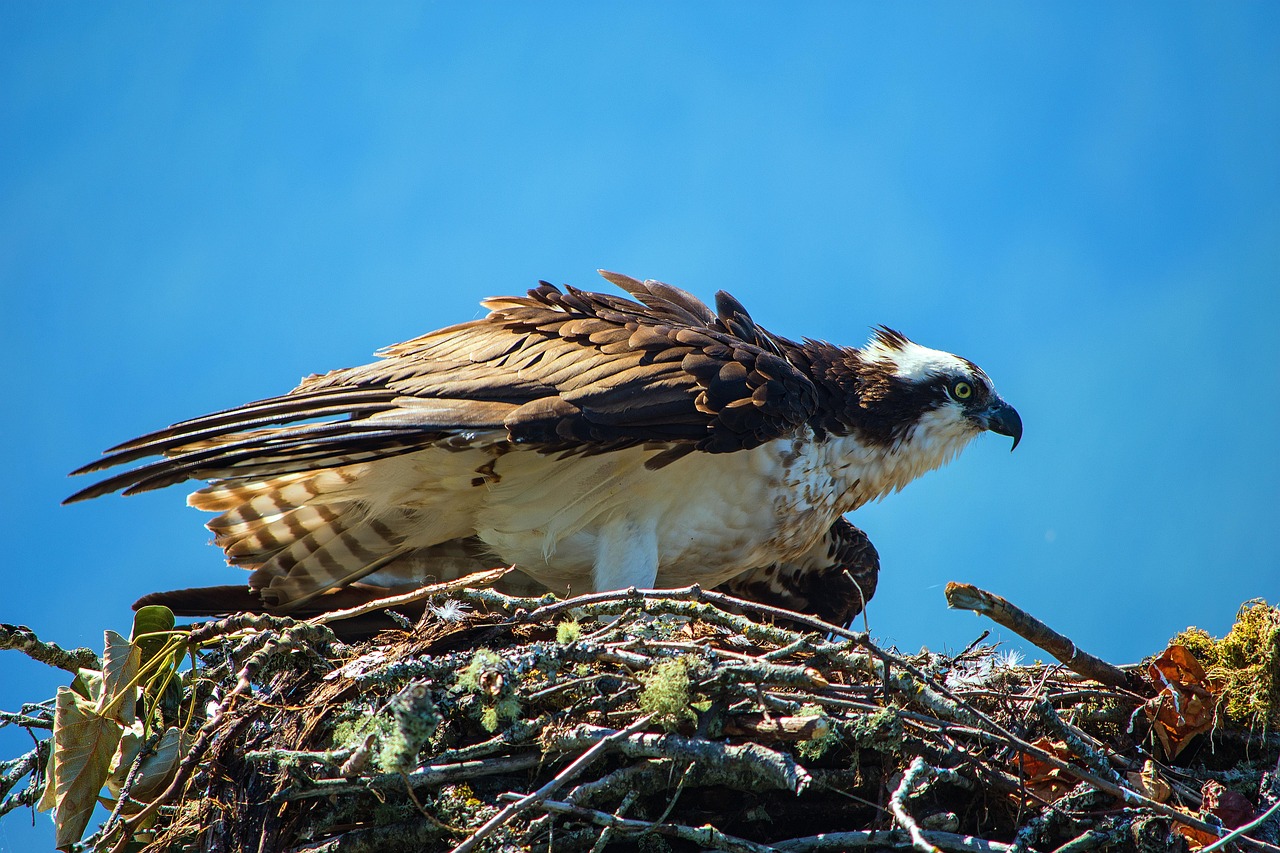
New Jersey stands as perhaps the most dramatic example of citizen-aided osprey recovery in the nation. By the mid-20th century, osprey populations along New Jersey’s coast had declined dramatically, with only dozens of pairs remaining by the 1970s in this area and a total of only 68 pairs remained statewide. The state’s Endangered and Nongame Species Program, established after the 1974 Endangered Species Conservation Act, launched an aggressive restoration effort involving egg transplantation and platform construction.
Today, New Jersey is home to over eight hundred nesting pairs of osprey. The Conserve Wildlife Foundation of New Jersey coordinates extensive citizen science monitoring programs, including Project Redband, which engages volunteers in tracking individual birds through special banding programs. Monitoring and managing New Jersey’s ospreys using volunteers and citizen scientists to help ensure the state population remains stable. Volunteers conduct boat surveys of densely populated colonies during peak nesting season, collecting data that determines population size and health.
Connecticut: The Osprey Nation Revolution
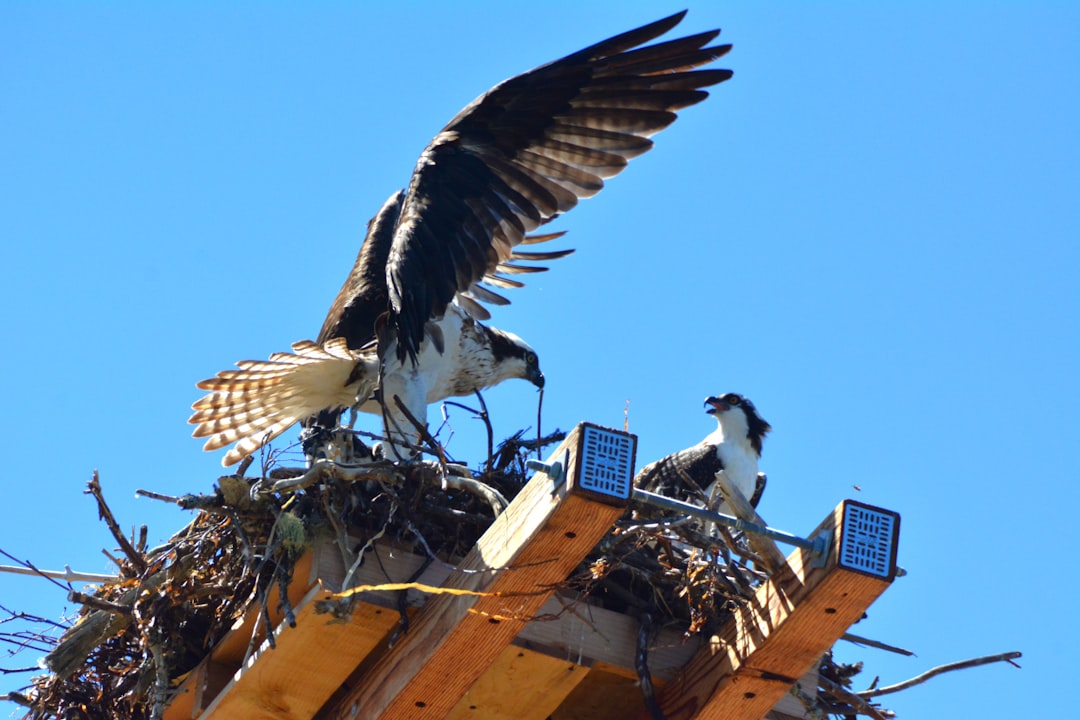
At the low point in the early 1970s, very few osprey nests could be located in Connecticut, according to the DEEP. This near-extinction scenario led to one of the most innovative citizen science programs in the country. Connecticut Audubon Society launched Osprey Nation in 2014, creating a comprehensive volunteer network to monitor the state’s recovering osprey population.
The results speak volumes about citizen engagement’s power. Recent surveys have documented hundreds of osprey fledglings and active nests statewide. We have more than 100 volunteer stewards monitoring 515 nests across the state. These volunteers visit their assigned nests twice monthly, documenting everything from egg-laying to fledgling success rates. Their dedication provides scientists with unprecedented data on Connecticut’s osprey population dynamics.
Delaware: Regional Success Through Volunteer Monitoring
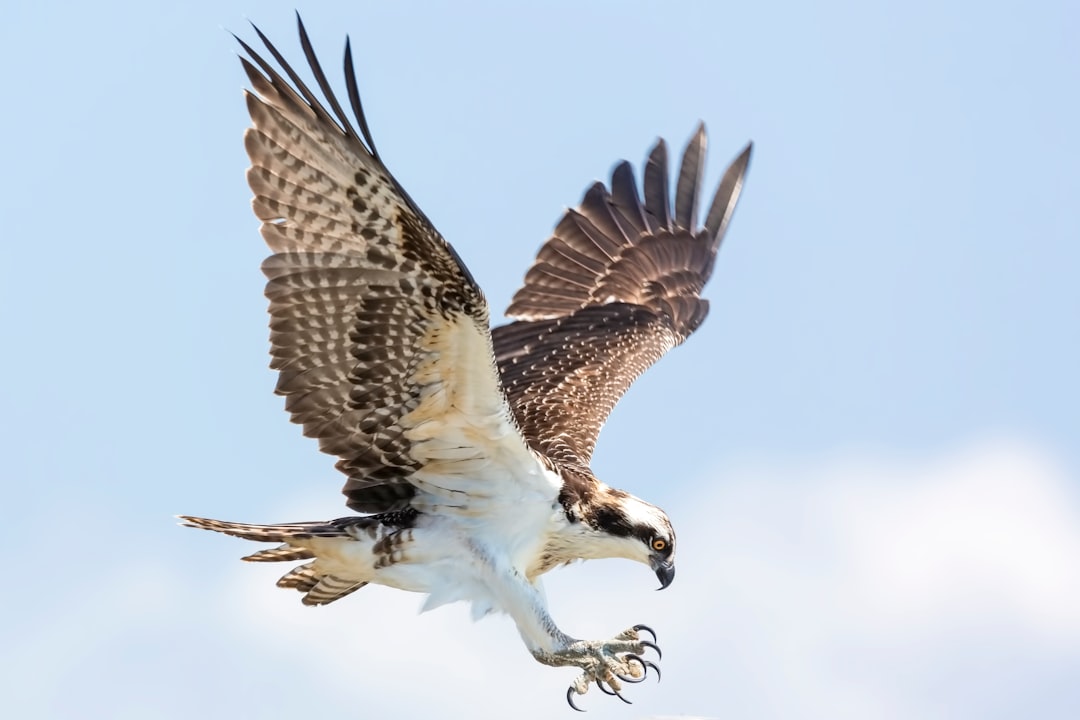
Delaware’s osprey population is one of the state’s greatest conservation success stories. From the days of DDT and the collapse of many raptor populations, including bald eagles and peregrine falcons, osprey in Delaware have rebounded and the population continues to grow state-wide. The Delaware Division of Fish and Wildlife recognized early that effective monitoring required more hands than government agencies could provide alone.
Delaware’s approach centers on OspreyWatch, an international online reporting platform where citizens contribute vital monitoring data. Public participation in OspreyWatch will allow Delaware to continue gathering data on resident osprey and contribute to a broader regional effort to monitor this species. You can help osprey by monitoring osprey platforms near your home or workplace. You can submit data to OspreyWatch, an international, online reporting platform hosted by the Center for Conservation Biology. This digital approach has democratized osprey monitoring, allowing anyone with internet access to contribute meaningful conservation data.
Virginia/Maryland: Chesapeake Bay’s Osprey Renaissance

The Chesapeake Bay region represents the world’s largest concentration of breeding ospreys, with citizen science playing a pivotal role in their recovery. Along the shores of the Chesapeake Bay, nearly 20,000 ospreys now arrive to nest each spring – the largest concentration of breeding pairs in the world. Two-thirds of them nest on buoys and channel markers maintained by the U.S. Coast Guard, who have become de facto osprey guardians.
The Chesapeake Bay Foundation’s Osprey Tracking Project ran for 16 years, engaging students and teachers in real-time osprey monitoring. CBF’s Osprey Tracking Project ran from 2001 to 2017 and allowed students and teachers to track birds – ones they had seen during field experiences at CBF education centers – from their home and classroom computers. Meanwhile, the Earth Conservation Corps in Washington, D.C., has created extensive camera networks that allow global audiences to observe nesting behaviors while contributing to scientific understanding of urban osprey populations.
Minnesota: Urban Reintroduction Success Story
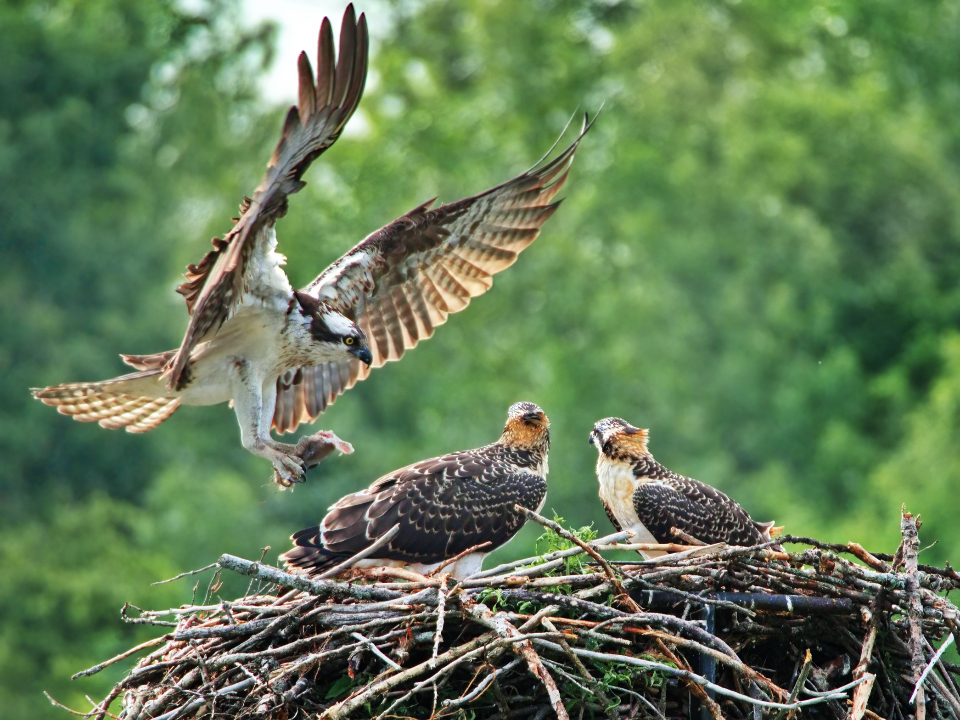
Minnesota’s Twin Cities represent one of North America’s most successful osprey reintroduction programs, built entirely on citizen science foundations. Ospreys used to be very common in southern Minnesota. They disappeared in the Twin Cities area after World World II, though, due to habitat loss, human persecution and the use of DDT pesticides. In 1984, Three Rivers Park District began a restoration effort to bring ospreys back.
Dozens of osprey nest sites are now monitored, with many occupied each summer, and we couldn’t monitor all of these locations without citizen science volunteers. Currently, 32 volunteers travel around the Twin Cities a few times each year to monitor these known nest locations using binoculars and spotting scopes. These volunteers provide valuable information and observations to track nest successes, nest failures, and total chicks each season. These dedicated volunteers have helped document the program’s remarkable success, with numerous chicks now hatching annually in the metropolitan area.
Massachusetts: From 20 to Over 200 Nesting Pairs
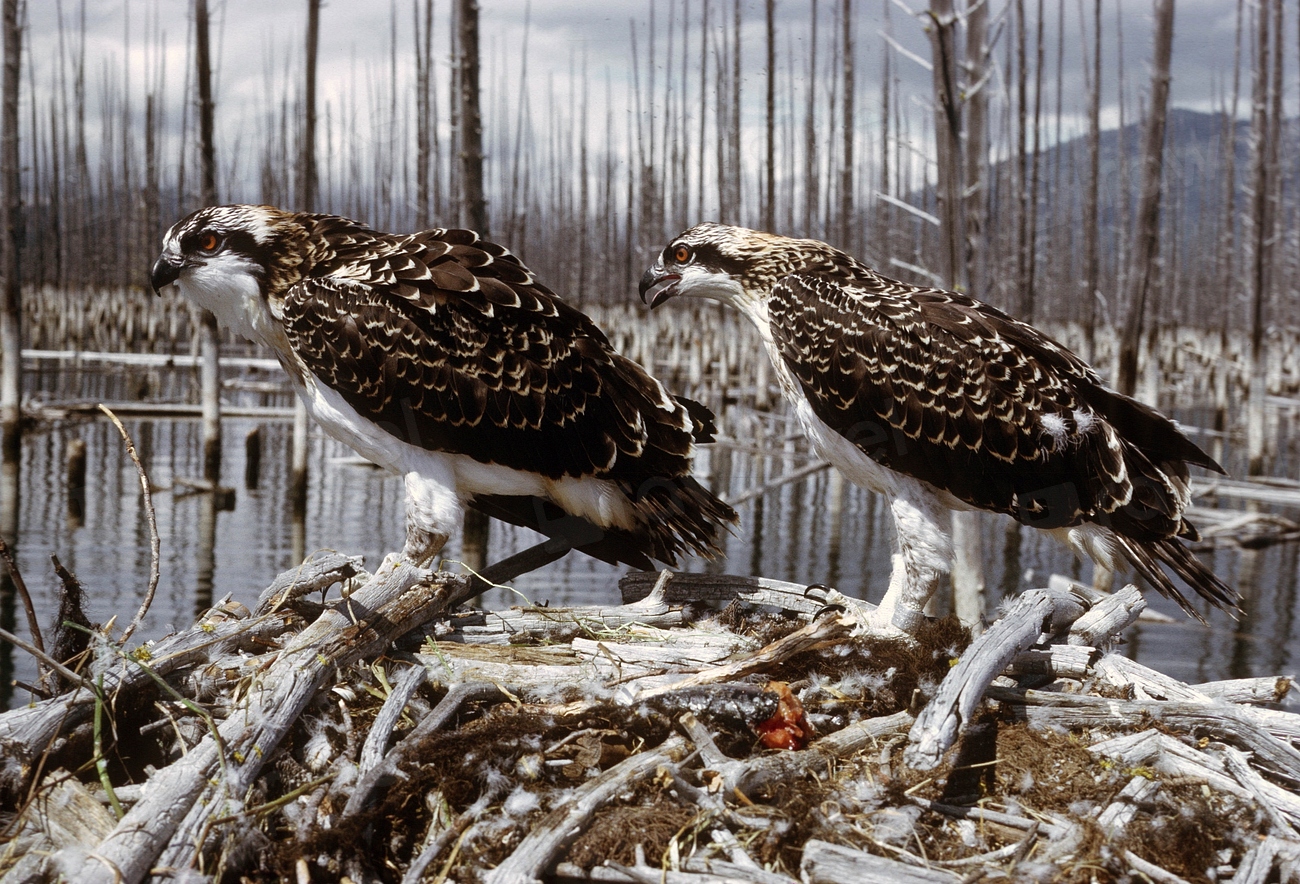
Massachusetts exemplifies how citizen engagement can transform osprey populations along developed coastlines. Within just a few miles of where I live along the Massachusetts coast, over 200 ospreys now nest each year, lured in by abundant nest poles we’ve built on wide-open marshes. Fewer than 20 ospreys were found here in the 1960s. This tenfold increase required massive volunteer coordination and sustained community commitment.
Massachusetts Audubon’s Cape Cod Osprey Project demonstrates how citizen science can become both educational and voyeuristic entertainment. The program engages volunteers in nest monitoring while simultaneously educating the public about osprey biology and conservation needs. Platform construction projects routinely involve community volunteers, creating local investment in osprey success while providing needed infrastructure for expanding populations.
Washington, D.C.: Urban Wildlife Comeback
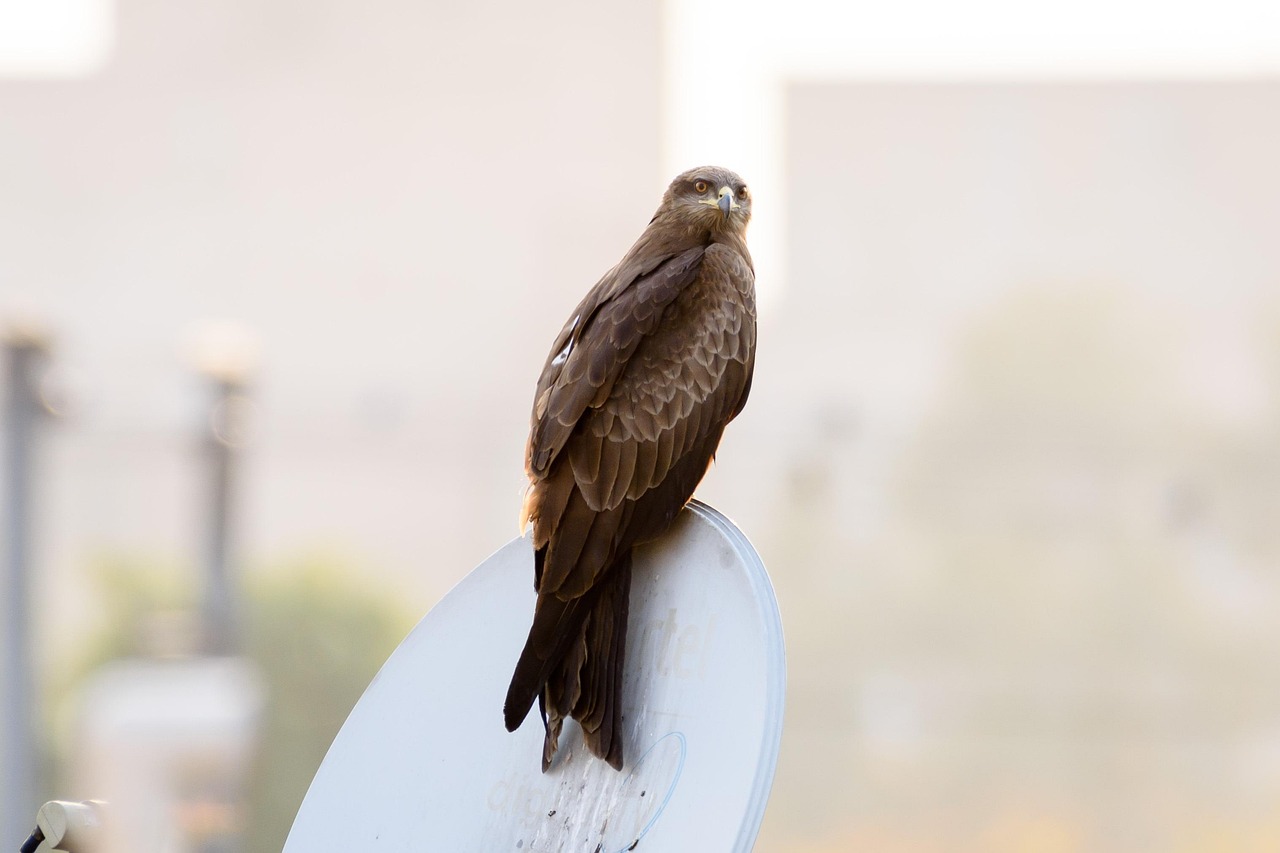
The nation’s capital showcases how citizen science can restore wildlife to urban environments previously considered unsuitable for large raptors. Thanks to the efforts of many in the local communities, fish and wildlife like bald eagles and osprey have slowly returned to the area, and call it home. The Anacostia River, once among America’s most polluted waterways, now supports thriving osprey populations monitored by dedicated volunteers.
The Earth Conservation Corps has created an innovative approach combining traditional monitoring with modern technology. The Earth Conservation Corps and National Geographic have placed cameras that overlook bald eagle and osprey nests in the nation’s capitol. Citizen scientists contribute both field observations and online monitoring data, creating comprehensive records of urban osprey behavior. This dual approach allows researchers to understand how these birds adapt to city environments while engaging broad public audiences in conservation efforts.
Florida: Technological Innovation Meets Volunteer Dedication
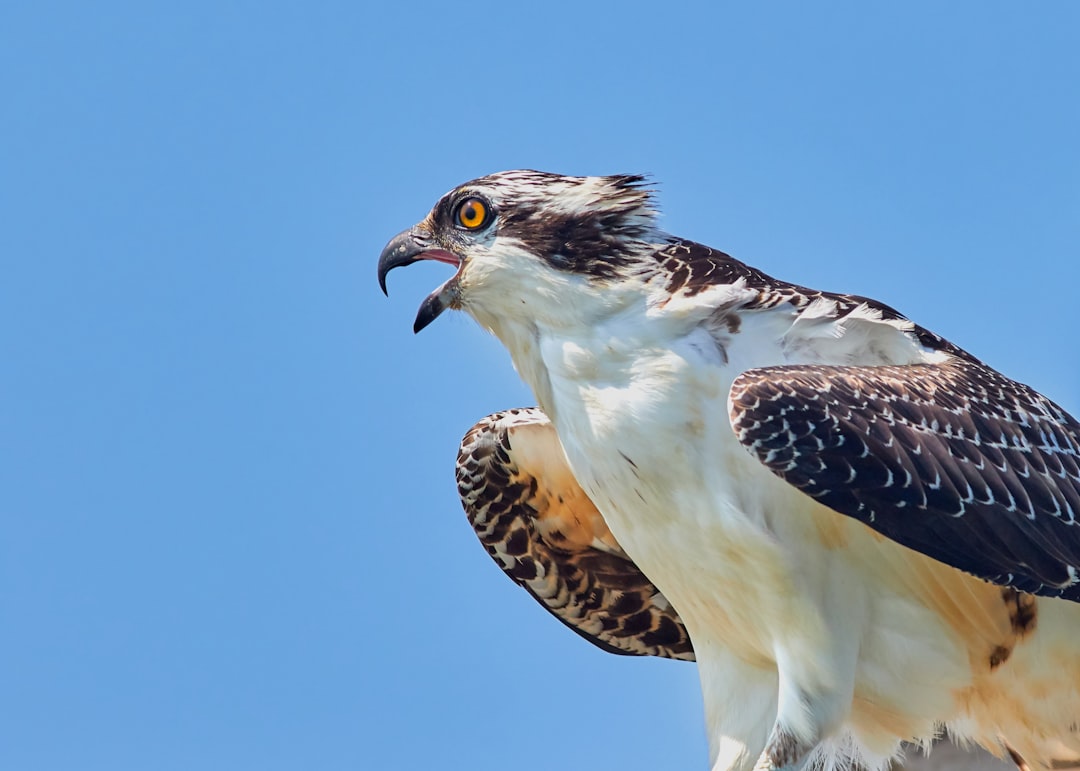
In Florida, at least 1,000 pairs of ospreys have made cell towers their nesting homes. This adaptation to human infrastructure demonstrates osprey flexibility, yet monitoring such widespread populations requires extensive volunteer networks. The International Osprey Foundation, headquartered in Sanibel, coordinates global osprey conservation efforts while maintaining strong local volunteer programs.
TIOF also recruits and coordinates teams of volunteers who build and maintain osprey nesting platforms and monitor osprey nests locally during breeding season. The information gathered provides research data to Osprey Watch, a central database for Osprey research. Florida’s year-round osprey populations provide unique research opportunities, with volunteers documenting breeding behaviors and habitat preferences impossible to study in migratory populations. These observations contribute to understanding osprey ecology across their entire range.
Conclusion
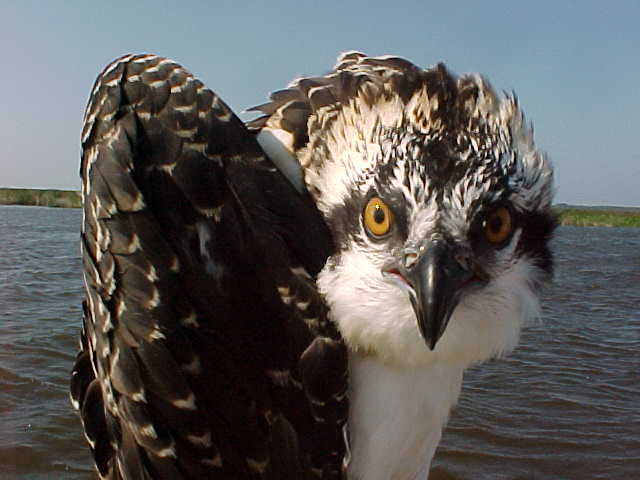
The osprey recovery story proves that citizen science can achieve conservation miracles when properly organized and sustained. From Connecticut’s comprehensive Osprey Nation network to Minnesota’s urban reintroduction program, ordinary citizens have provided the workforce necessary to monitor, protect, and restore these magnificent birds. Their efforts have created one of North America’s greatest wildlife comeback stories.
This is one of the great conservation success stories that demonstrates how environmental disasters can be reversed through dedicated community action. The transformation from near-extinction to thriving populations occurred because thousands of volunteers committed time, energy, and passion to osprey conservation. Their binoculars, data sheets, and platform-building efforts created the foundation for population recovery that professional biologists alone could never have achieved.
What do you think about the power of citizen science in conservation? Have you ever participated in wildlife monitoring programs?

